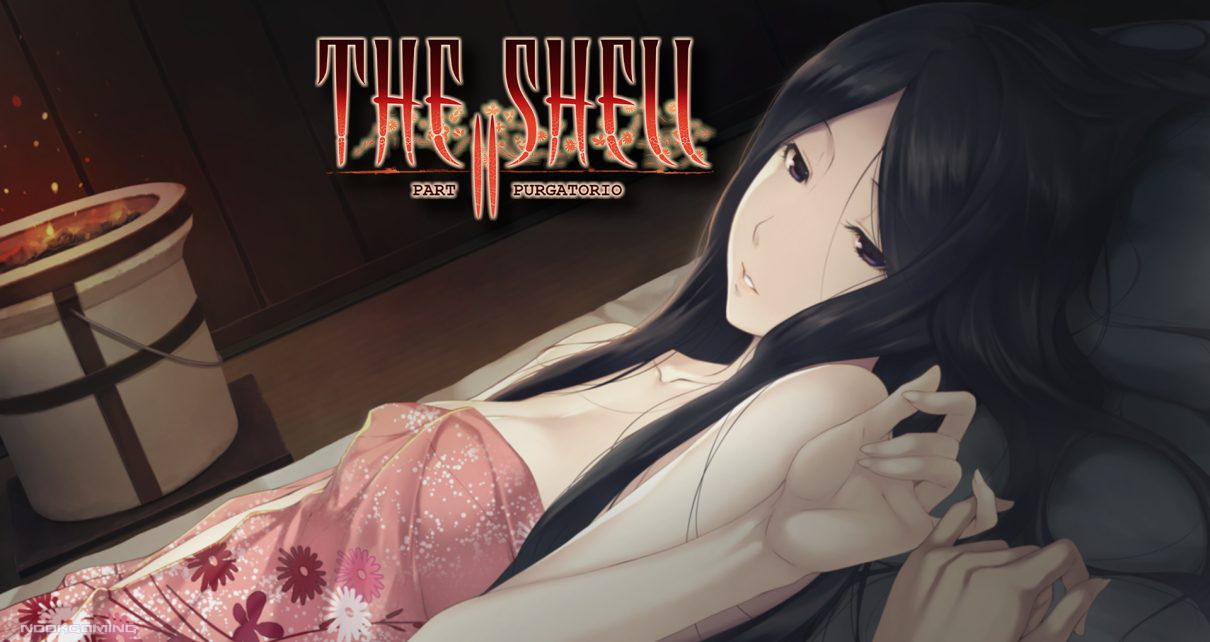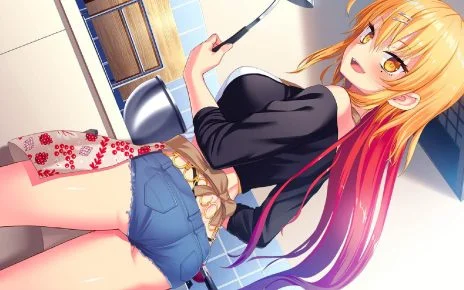The Shell Part II: Purgatorio is a remastered release of Kara no Shoujo – The Second Episode. The visual novel, developed by Innocent Grey, was first released in 2013 in Japan. I played The Shell Part I: Inferno for review last year, and was impressed by the quality of its script, and its haunting story and themes. It even took the number two spot on our Top Visual Novels of 2023 awards.
Given how taken I was by The Shell Part I, it’s only natural that I was excited to dig into the sequel. Here is where I would ordinarily pose the question: “does this live up to expectations” and so on. That feels a bit cheap though. The Shell Part II: Purgatorio is a stunning experience, in equal parts beautiful and brutal. I loved nearly every minute of it, even if it isn’t always a terribly pleasant read.
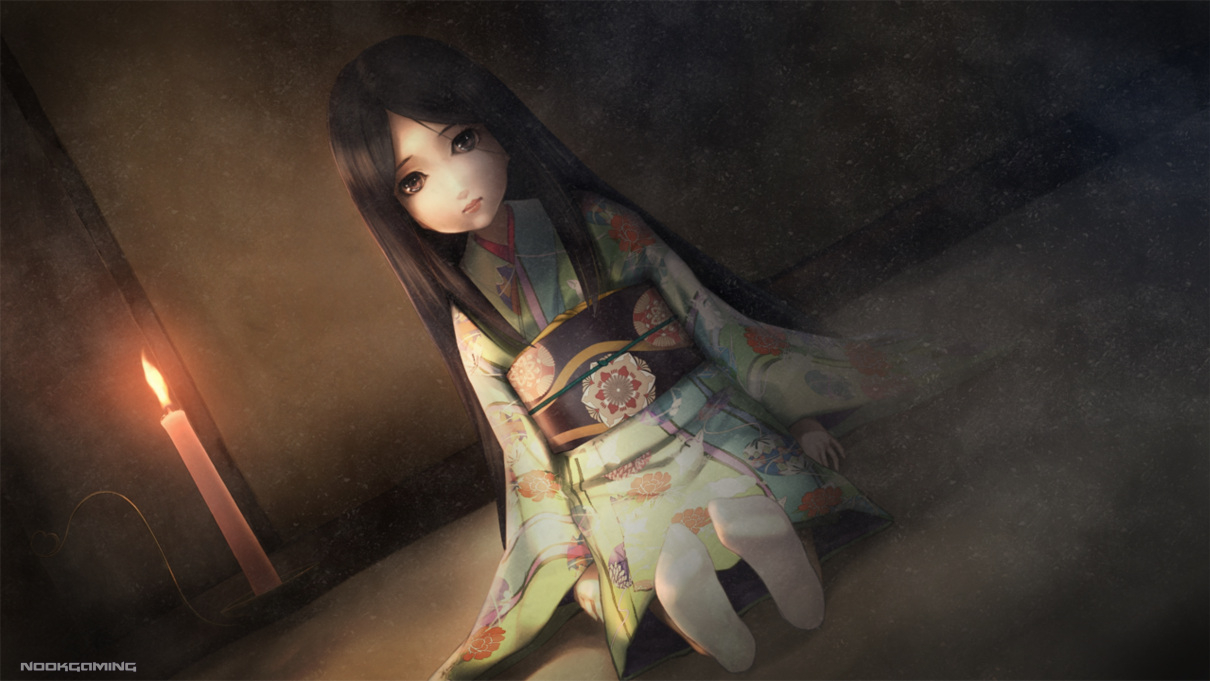
As with the first entry, The Shell Part II: Purgatorio is published by Shiravune and features remastered 720p visuals, a new English translation by Leminsca LLC, streamlined gameplay sections, additional voice acting, and additional content added in the form of a prologue.
Now, a disclaimer before we begin. The Shell Part II: Purgatorio contains graphic depictions and descriptions of violence, sexual violence, and mutilation. No overly graphic images will be shown in this review, but I will discuss these elements of the game and some of the narrative themes in The Shell Part II may be uncomfortable for some readers. The Steam release is censored, and an R18 patch is required to view much of the game’s content. This patch is available for free from Johren. As the game is published by Shiravune, mosaic censorship remains in place even with the patch. Additionally, as a direct sequel, this review will contain spoilers for The Shell Part I: Inferno.
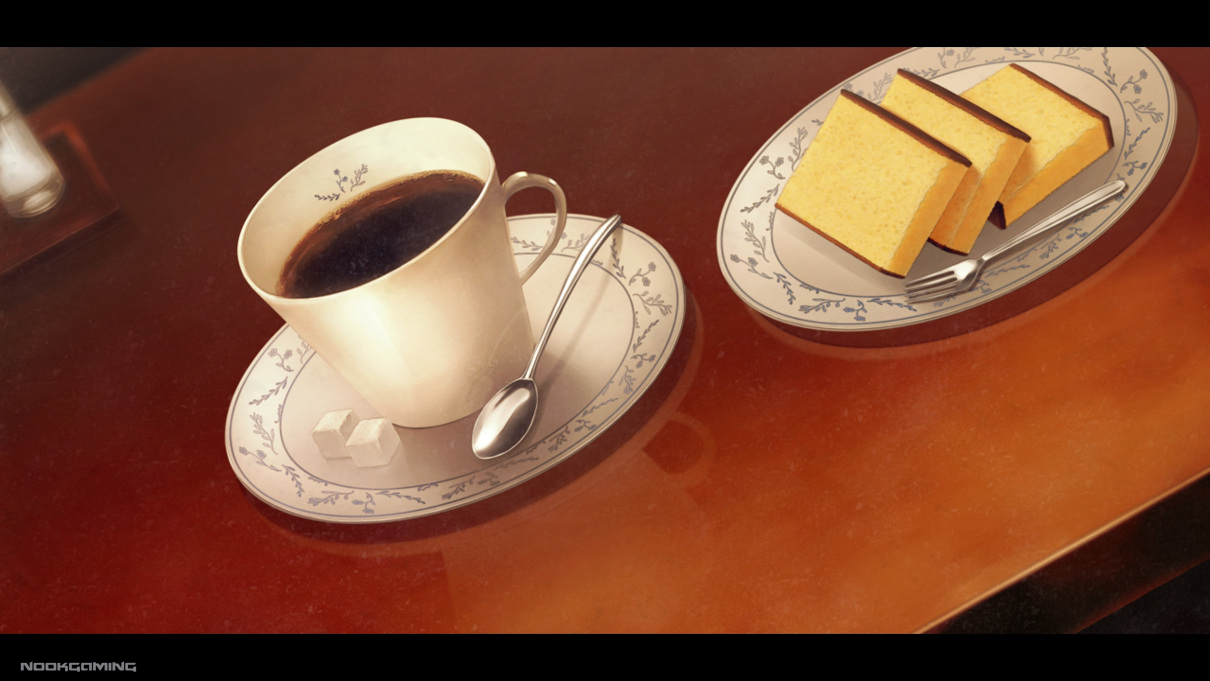
Purgatorio
The Shell Part II: Purgatorio follows on directly from the events of the first game. The characters we got to know in the first game, who managed to survive, are now living stagnant in the aftermath of a period of intense violence and loss. We see Yukari Tokisaka still attending Ouba Girls Academy. It’s impossible to ignore that the halls of the school now feel emptier. Many of Yukari’s classmates are dead, and though Yukari has found new friends, it’s impossible to ignore the loss that hangs over her.
That feeling of loss comes into sharper focus with our protagonist, Reiji Tokisaka. He is still searching for Toko, who was kidnapped whilst in a perilously frail state at the end of The Shell Part I. His search is fairly directionless though. There are no solid leads to her whereabouts, and there is almost no hope of progress, but Reiji can’t just stop. He can’t let go, even as life moves on around him. I found this element of The Shell Part II’s narrative incredibly compelling and well explored. It is unsettling that the world just keeps moving forward when there is no resolution to the horror that’s been inflicted on our core characters. The mystery was solved, and at least some of those at fault for the serial murders in The Shell Part I faced consequences, but that doesn’t offer any comfort. The pain and the horror just festers under the surface. It’s a horrible feeling, and a perfect foundation for more character-focused storytelling.
While in this state of miserable stagnation, Reiji is drawn into another mystery. A new string of serial murders is underway, and there are some frightening parallels to the previous case. This isn’t a retread though. The Shell Part II makes use of this new mystery to draw together a cast of new and familiar characters, and to further build on the narrative’s most interesting themes.
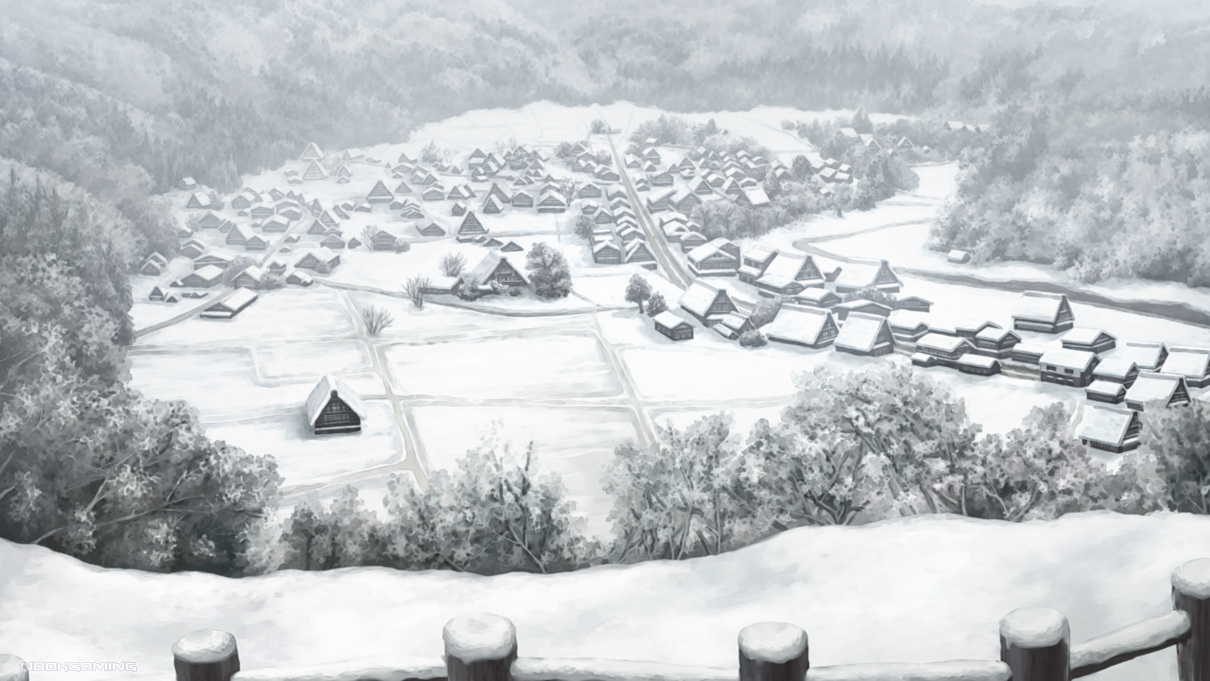
Hitogata
Early on in The Shell Part II, we are taken back to the 1920s for a long, intimate story set in the mountain village of Hitogata. There appears to be a connection between the new string of murders and a historical curse that looms over this sleepy mountain town. A lengthy, detailed flashback sequence, with no immediate apparent connection to the main cast we’re familiar with, is typically a hard sell for any narrative. I think it’s a testament to The Shell’s writing then, that this section of the story is possibly the peak of the experience. It’s a phenomenally well paced, impactful story that ties back into the central plot of The Shell Part II perfectly. We’re introduced to a series of important new characters, and given an intimate insight into their lives in Hitogata. The village itself is an enchanting setting, in the most sinister sense of the word.
Hitogata is remote, events in the outside world scarcely impact it. Even the second world war was only barely felt there. It is steeped in its own unusual traditions and dogma. The village is controlled by two powerful families, the Hinagamis and the Shigusas, who efficiently and ruthlessly maintain a rigid status quo. It is resistant to any kind of change or outside influence, effectively existing outside of time. Hitogata changes only as and when it desires. It is quite possibly the worst place for a persistent, obsessive detective like Reiji Tokisaka to go snooping around in, and therefore makes for a fascinating setting for the story.
Outside of the core mystery of The Shell Part II, that being the murder aspect of the whole thing, Hitogata itself serves as an ever expanding mystery. It’s somewhat tricky to discuss without spoiling the most interesting elements, but I can say that peeling back the layers of Hitogata, exploring the history and motivations of its inhabitants, and unraveling the mystery of its traditions and superstitions was my favorite element of The Shell Part II. It is unfailingly engaging. Every new discovery, every answered question, was satisfying, but also opened a Pandora’s box of new even more interesting questions and curiosities.
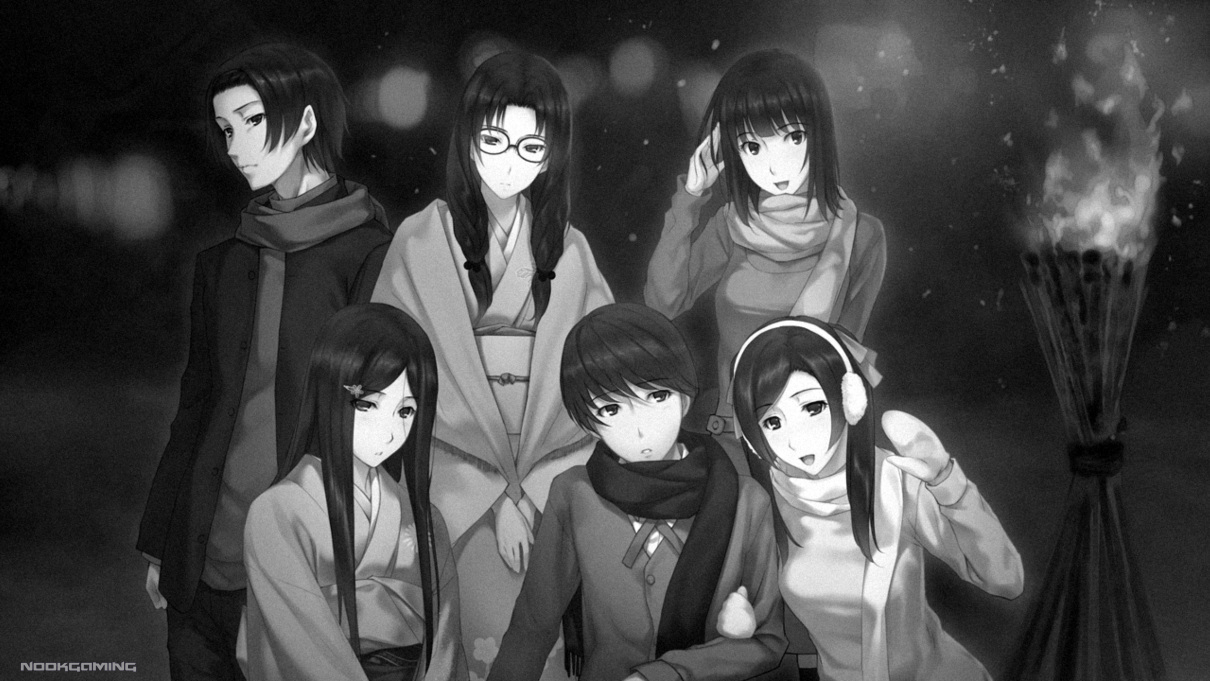
New Faces
The Shell Part II: Purgatorio expands the cast quite significantly, whilst still continuing to flesh out characters from the first title. Many of the significant new cast members are quite difficult to discuss without spoiling anything. Even talking about their identity or presence in the plot can give away a bit too much for some of them. So, I’m going to try and deftly weave my way through talking about the characters with this in mind.
I think the most interesting element of The Shell Part II’s approach to its characters is how it divests some of the protagonist-load from Reiji Tokisaka. We regularly get to spend significant time viewing the story from the perspective of additional characters like Yaginuma, who you may recall as a somewhat adversarial figure from The Shell Part I, and new characters like the freelance journalist Toji Aoki and the turbulent Masaki Tomoyuki, who takes on a kind of assistant role to Reiji.
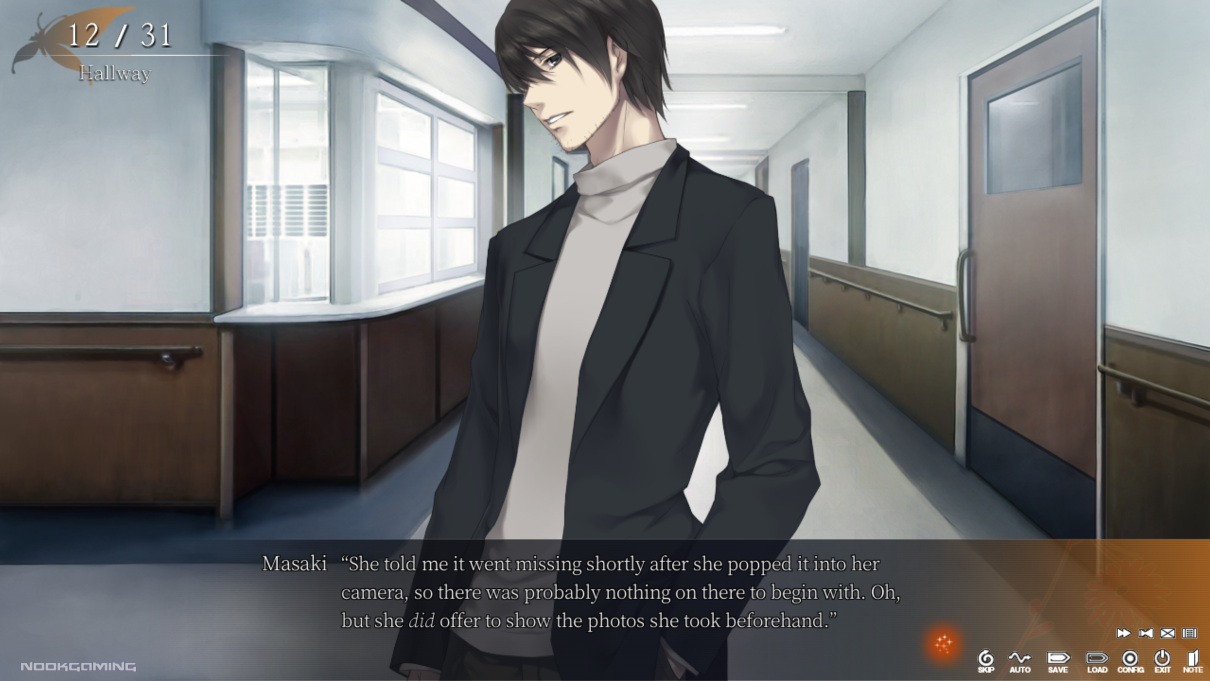
Masaki is as much a protagonist here as Reiji. Of course, I can’t get into specifics here, but I found his story, and his characterization wonderfully compelling. He is a turbulent and tragic figure, with some painful parallels to Reiji. I think it’s an impressive narrative conceit to introduce Masaki as a central character. Through his development we get to experience a full and complete arc within The Shell Part II, whilst the narrative makes use of his perspective to continue developing Reiji in advance of The Shell Part III (coming soon, I hope).
I also enjoyed seeing the continued presence and development of characters from The Shell Part I. It is interesting to have the aforementioned Yaginuma now serve in a less adversarial role. Whilst he and Reiji still conflict with each other, I appreciated the narrative taking time to highlight and explore the similarities between them. It was also nice to see The Shell Part II deliver on some of the first games little promises, like the return of Ayumu Sato as Reiji’s Holmes-in-training.
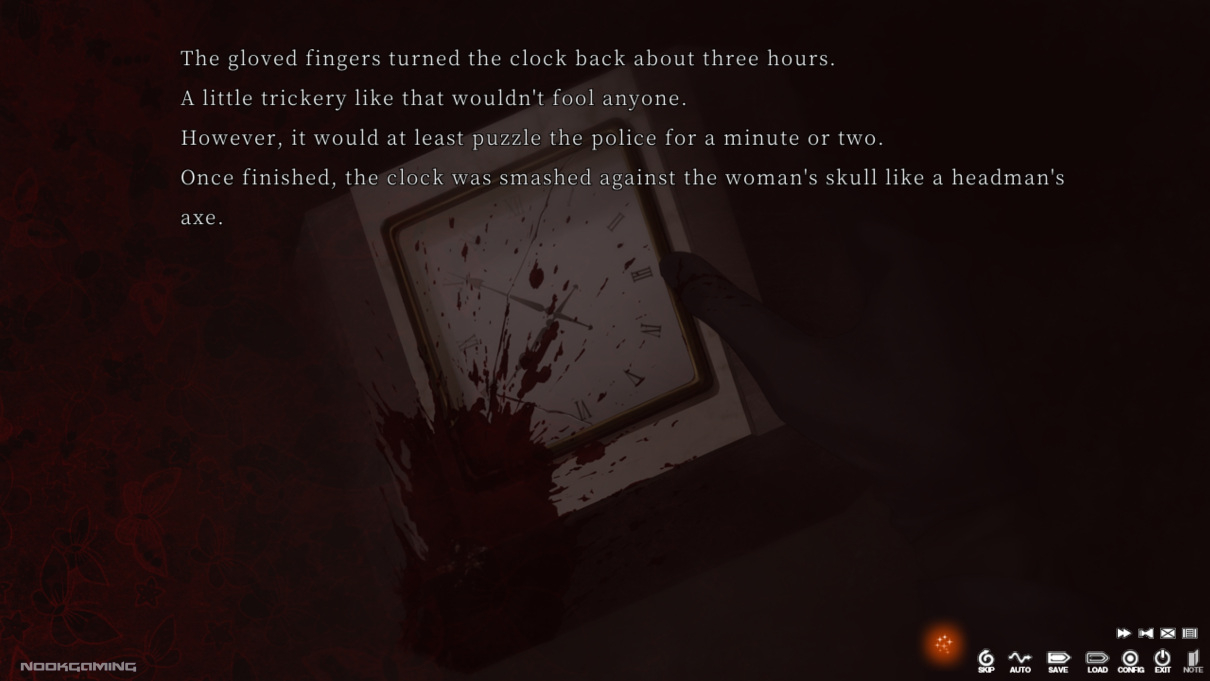
Festering Wounds
It’s impossible to discuss The Shell Part II’s characters without also discussing the trauma that defines them, and continues to inflict itself upon them. This is where I struggle to appropriately communicate my thoughts on The Shell. The narrative is cruel, exhausting, and miserable. And that is all, counterintuitively, complimentary. The Shell Part II is an incredibly evocative experience, but it is worth noting that the primary feeling it evokes is a hopeless resignation to misery. Philistine that I am, I have not read The Divine Comedy, but based on my surface-level knowledge I’d say Purgatorio is a perfectly accurate subtitle for The Shell Part II.
Misery cascades throughout The Shell Part II’s narrative. And it is delivered in haunting, cruel prose that genuinely sickened me on occasion. There is one particularly memorable instance, where the game cuts to its iconic blood red background and runs through some indistinct, but unsettling prose. As the description of events became clearer, and it dawned on me exactly what and who was being described, I quit and went to bed. I just frankly could not bear the weight of the narrative, it was so horrifically bleak. It’s a masterpiece, without doubt, but sometimes I wished it wasn’t. There were points where I wished the narrative weren’t so compelling, so that I could disengage with it easily. That wasn’t possible for me though. The Shell Part II is one of those experiences that takes root in your head and festers.
Again, I worry that it sounds as though I’m describing The Shell Part II as a negative experience. It isn’t. I think what I’m trying to get across is that it isn’t an easy read. You really ought to be ready for the severity of the narrative’s developments. It is not for the faint of heart, even before considering the haunting, grotesque visual depictions of violence. If The Shell Part I takes a pound of flesh, The Shell Part II takes enough for a full coat. Emotionally speaking of course, Shiravune did not request any violation of my bodily integrity in exchange for review code.
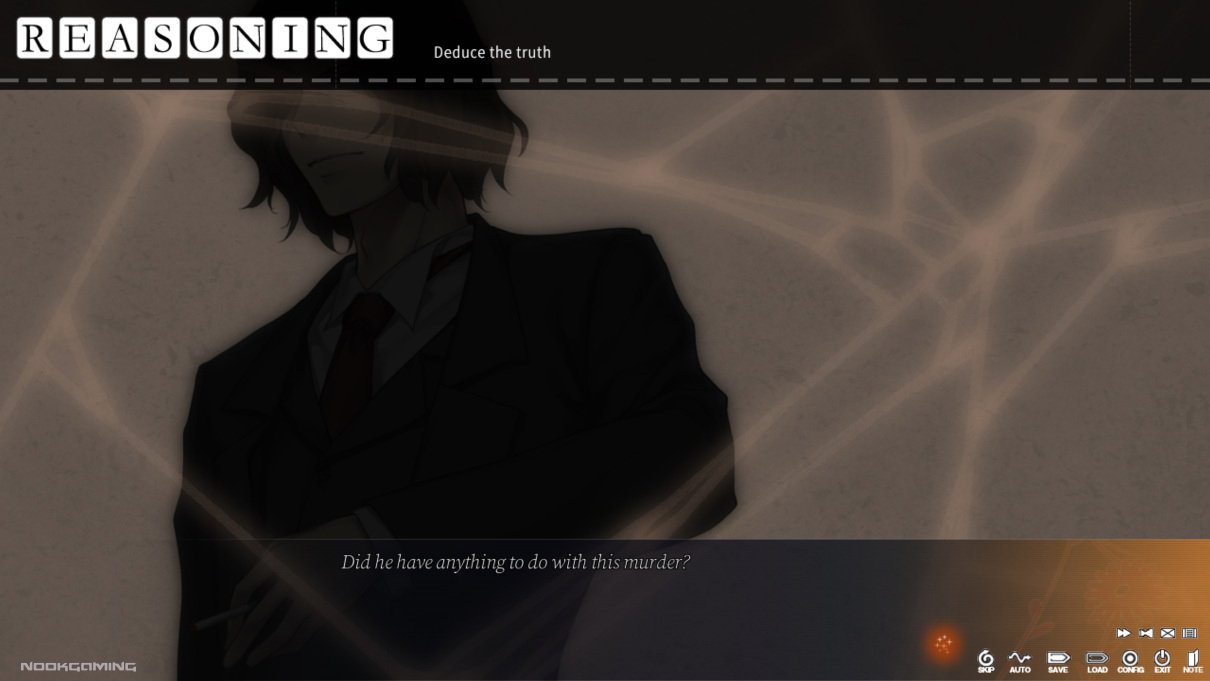
That Sinking Feeling
The Shell Part II: Purgatorio is a detective visual novel, though the detective elements have been streamlined from the original release, and they aren’t terribly complicated anyway. The detective gameplay elements are used more like a narrative device to get you thinking through the mystery and trying to piece together the truth. There are 11 endings, but only four of these are endings in the true sense, the rest being “game over” bad endings. I’m going to talk a bit about the plot overall, and these endings, but I will keep things vague enough to avoid spoilers.
The core mystery of The Shell Part II is quite a dramatic improvement on The Shell Part I, which was already quite impressive. The story is compelling and complex, but easy to follow thanks to its excellent pacing and strong characterisation. Of the four important endings, only one can be seen on a first playthrough, and this is the ending that resolves much of that core mystery. Subsequent playthroughs make use of the knowledge you’ve gained from playing through to that first ending to expand the perspective of the narrative, and to add additional information that helps you on the path to unravel some of the deeper mysteries resolved by the remaining three endings.
There is a canon true ending, and much like The Shell Part I’s true ending it beautifully pays off on the promise of The Shell Part II’s narrative. Again I can’t say much without spoiling it, but The Shell Part II’s true ending delivered on those feelings of hopelessness and misery in such a direct, painfully beautiful way that it left me feeling somewhat lost. The narrative is so well crafted that I didn’t even realize how invested I had become until all of the emotional build-up was unleashed and I was somewhat overwhelmed by it. The true ending makes use of some incredibly clever, and cruel, imagery that now just hangs immovable in my head.
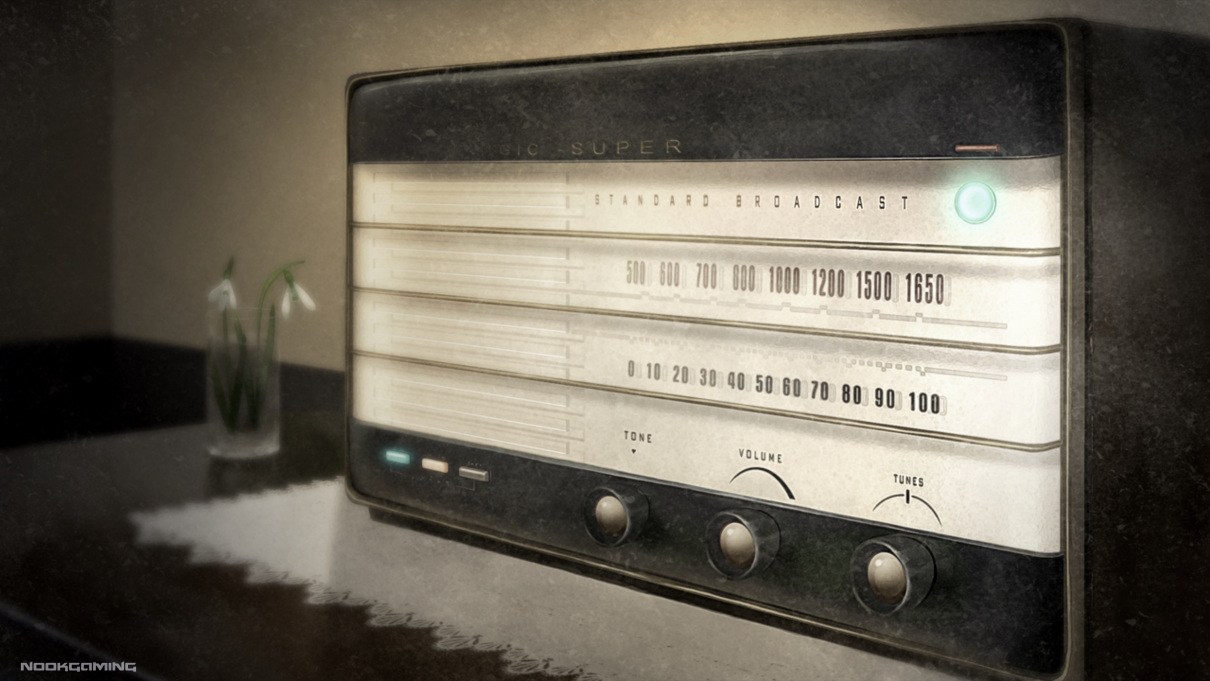
Look Away
The Shell Part II is almost too good at making use of haunting visuals to drive home the emotional highs of the narrative. Several times throughout the story characters who you may have foolishly become endeared to are suddenly put on display as placid grotesqueries. Their mutilated bodies are shown to you without ceremony, with the sickening mundanity of a squirrel splayed across the road. There is something so horribly real about the whole affair. The Shell Part II doesn’t make use of any exaggeration when depicting violence, it’s disturbingly grounded. Without exaggeration you’re forced to confront the horror head on, all you can do is look at this character who you’ve become attached to, now lifelessly displayed in some horribly mocking way.
The art outside of these scenes is of a similarly high quality, though of course I have less to say about the gorgeous background art depicting a radio than I do about the mutilated corpses displayed with allusions to the crucifixion. It was a beautiful radio no doubt, it’s just sadly not the image that’s stuck in my head, appearing whenever I close my eyes.
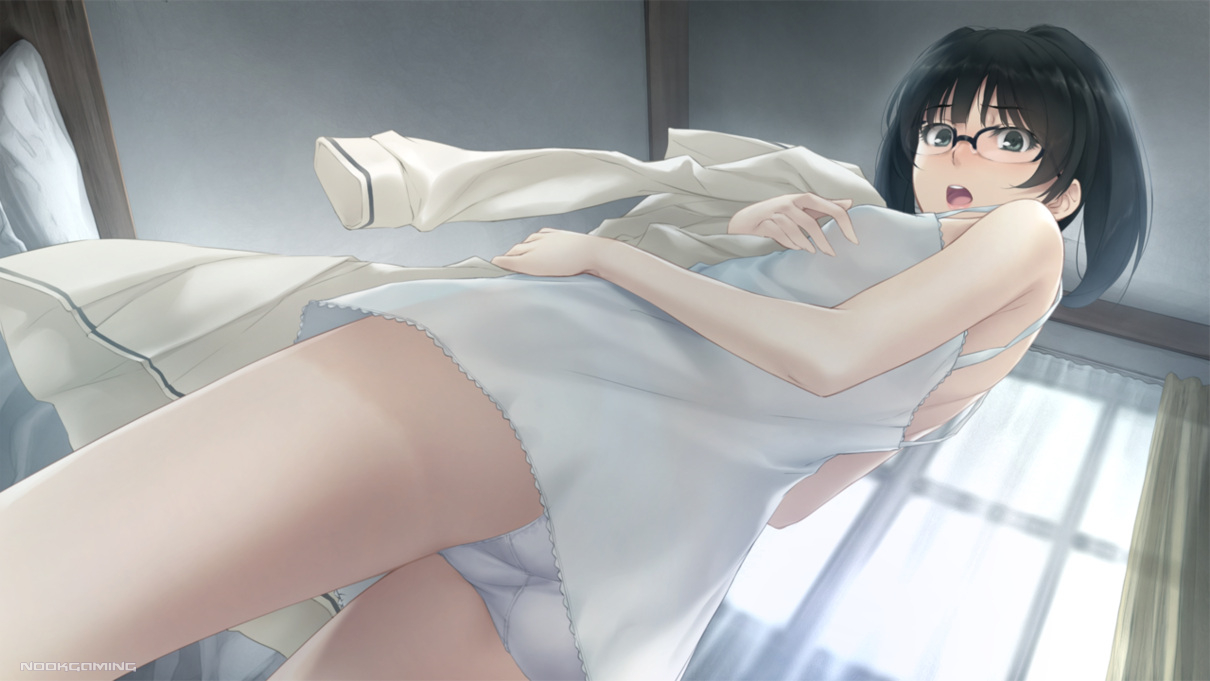
As The Shell Part II is an eroge, there are scenes of a sexual nature. The art here is remarkably well done, and particular attention was paid to effectively bring across the feelings of the characters involved in these scenes which is always a mark of quality in my book. That said, I do wonder about the purpose of some of these scenes. Some feel a bit more token, and I can’t really imagine anyone finding titillation in sex scenes surrounded as they are by the context of overwhelming misery and death.
One scene in particular depicted a particularly cruel example of sexual violence, and whilst I don’t think depictions of this nature are universally bad, this example I found rather disgusting and exploitative. The scene in question depicts a woman being raped by her father and another man, a horrendous abuse that if you’re going to depict you ought to treat with the appropriate care. The Shell Part II opts to have the script in this scene spend time focusing on the woman trying not to “enjoy” the abuse she is suffering, which is the kind of delusional sadistic fantasy I wouldn’t expect to pass an edit. The scene is, frankly, beneath The Shell. It feels as though it was written by someone at Innocent Grey’s creepy uncle, lacking as it is in any of the nuance or emotional maturity that contributes to the astounding quality of the game as a whole. I’m not going to knock The Shell Part II as a whole for this one scene, as it is I believe just one horrendous error in an otherwise incredible script, but it would be dishonest of me to not mention it at all. If a scene of this nature would be uncomfortable for you, you can safely skip straight through it. It adds no new information or character development, it is just a tasteless depiction of events that the narrative already makes you aware of in a much more appropriate way earlier.
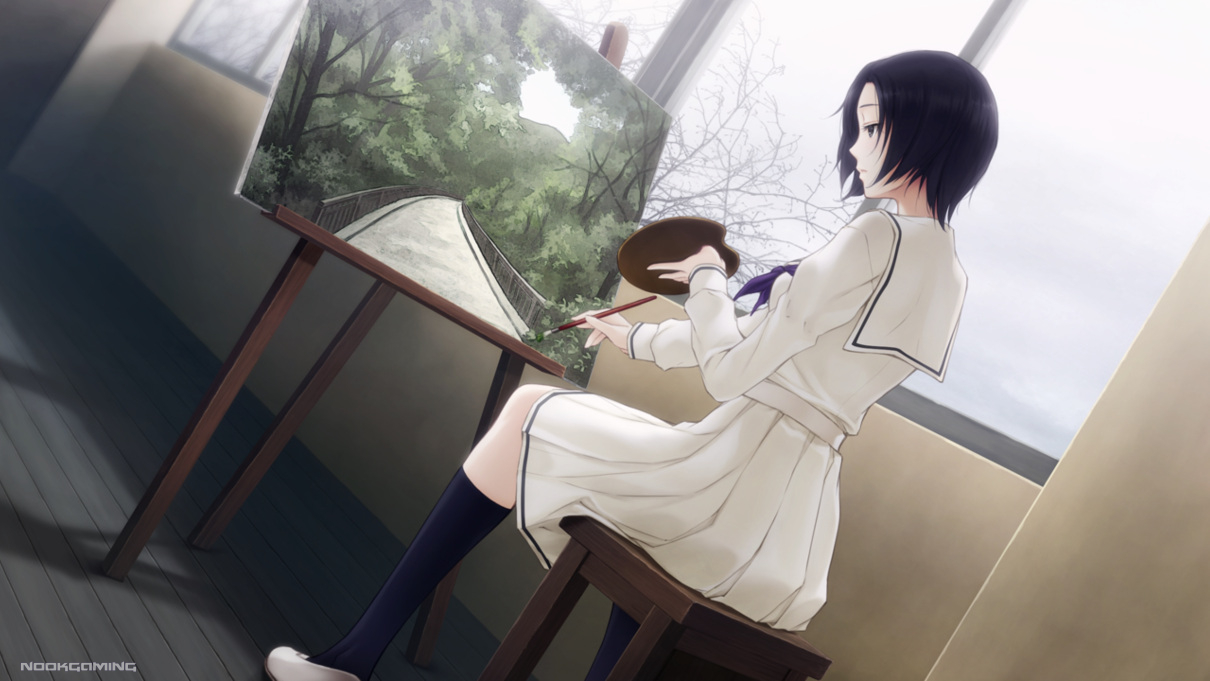
People Doing Their Best
As much as I detest the aforementioned scene, it does make for a good lead-in to an element of The Shell Part II that I can’t praise highly enough. With only the singular exception of that scene, the narrative’s treatment of its characters and themes is wonderfully thoughtful. As the events of the plot escalate in severity, and we are witness to all manner of cruelty and tragedy, The Shell is steadfast in returning the perspective to its characters. It is impressive, considering the expansion of the cast, that every character can be understood in a grounded, humanistic way.
The pain each character experiences is appropriately accounted for, and their actions and motivations are delicately explored and thought through. The best example of this is Reiji Tokisaka. The weight of what Reiji experienced in The Shell Part I is not forgotten, and as the cascading horrors of The Shell Part II compound we see him strained further by the trauma he has endured. His obsession with Kuchiki Toko exists as a sort of background hum of dread and despair. The game employs dramatic irony in a particularly cruel manner by giving us more insight into Toko’s circumstances than Reiji, which serves to heighten the despair and misery of viewing the story from his perspective.
This detailed, thoughtful approach to characterisation persists across the cast. The characters who we are expected to care for are all immersed in a really quite horrendous situation, and their pain has to be processed as more suffering unfolds before them. The glimmer of hope that heightens the emotional impact of the hopelessness in The Shell Part II’s narrative, is these characters all trying desperately to do their best, to help others and to find joy amidst the bleakness. It might be odd to say, considering all of the murder and mutilation, but I found The Shell Part II to be a remarkably tender story.
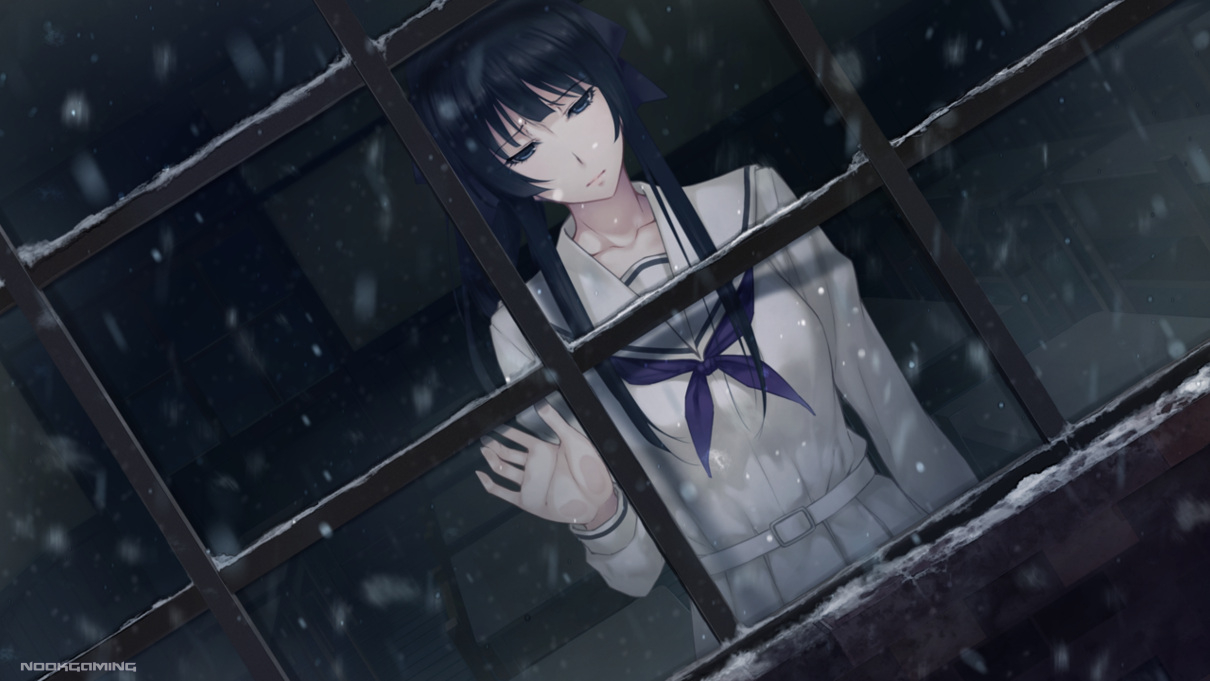
Verdict
It’s no surprise to you I’m sure, after you have sat through my gushing praise, that I wholeheartedly recommend The Shell Part II: Purgatorio. In the forty-ish hours I spent reading, I found only one unfortunate reservation, amidst an ocean of qualities worthy of recommendation. The Shell Part II is a testament to the narrative potential of visual novels. I simply will never forget this story.
My recommendation is of course contingent on you being ready for the rather oppressive overtones of hopelessness and misery. The Shell Part II is a beautifully written tragedy. It is the emotional equivalent of being skinned alive, and it is the best visual novel I’ve ever read. There is nothing else that has been able to draw such genuine emotion from me, except perhaps Clannad. Though where Clannad draws sadness from the ephemeral joys of life, The Shell Part II draws from a darker place. The sadness I’m left with after The Shell Part II is more akin to the quiet despair of a child understanding for the first time that one day their mother will die. Again, I do mean that as praise. I love this game and wholeheartedly recommend it, I promise.
THE SHELL PART II: PURGATORIO IS A MUST BUY

Purchase: JAST USA
If you are looking for another visual novel, you may enjoy Sona-Nyl Of The Violet Shadows. We have also covered a wide variety of visual novels both original to English and localized from Japanese, which you can check out here.
Thank you to Shiravune for providing a Steam review code for The Shell Part II: Purgatorio.
A man described by critics as “pretty normal” and “memorable in the abstract”. He has committed his life to the consumption of anime and games, against the advice and wishes of his family and friends. Now writing about his passions, hopefully for your enjoyment.

